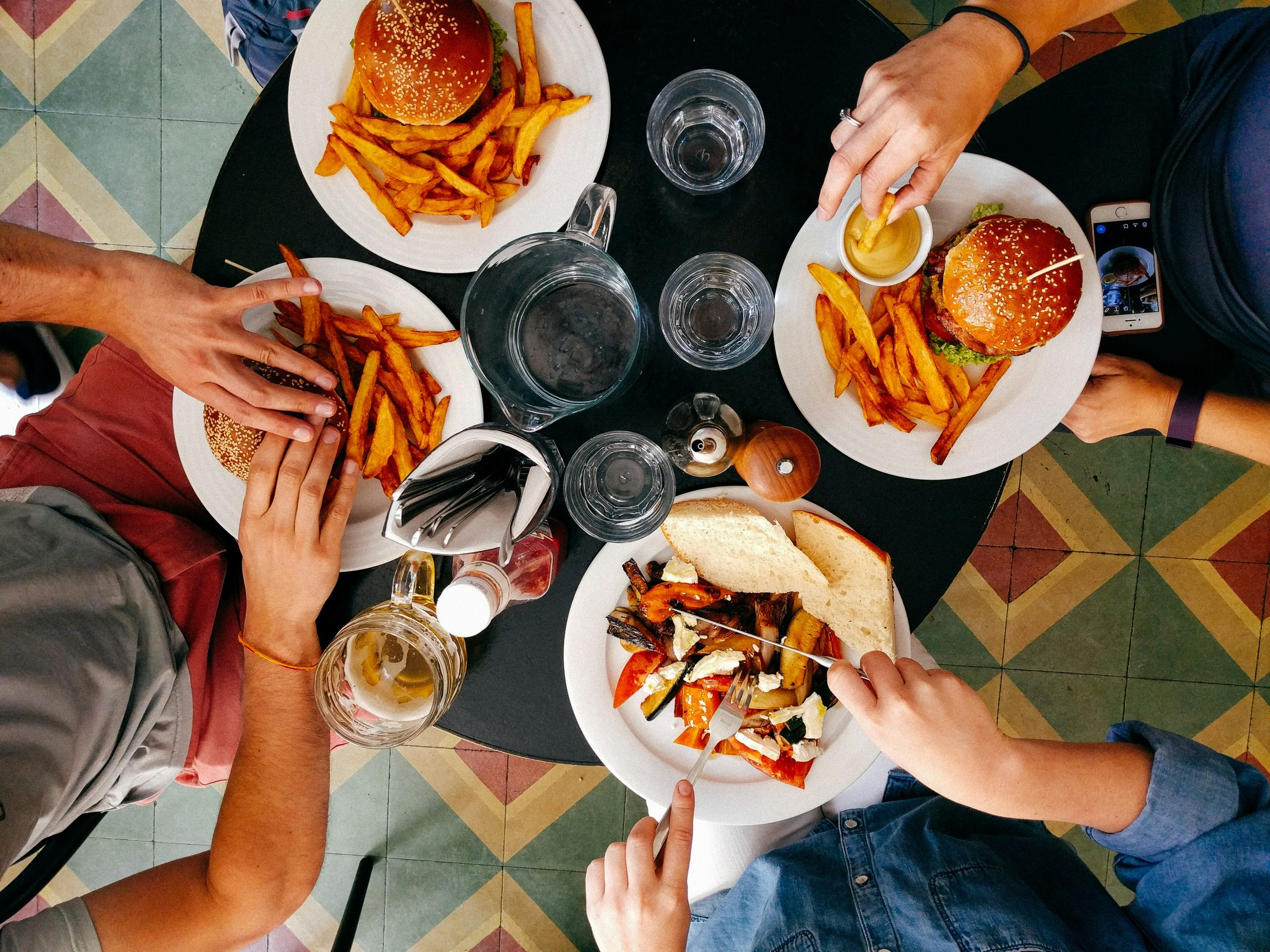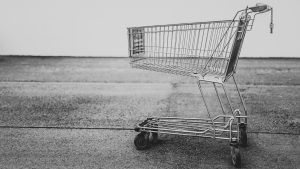Zero-Waste Grocery Shopping: Apps Helping Consumers Cut Food Waste
In today’s world, where climate change is a growing concern and landfills are overflowing with waste, many people are looking for ways to reduce their environmental impact. One of the biggest contributors to waste is the excessive use of plastic packaging in the food industry, particularly in grocery shopping. However, zero-waste grocery shopping is becoming more popular as people become more aware of the impact their shopping habits have on the environment. In this article, we will explore how apps are helping consumers cut food waste and make their grocery shopping more sustainable.
The Rise of Zero-Waste Grocery Shopping
The concept of zero-waste grocery shopping involves reducing or eliminating the use of disposable packaging when buying food items. This means buying in bulk using reusable containers or bringing your own bags and containers to the store. The idea is to create as little waste as possible, by reusing and recycling packaging, and ultimately reducing the amount of trash that ends up in landfills.
With an increasing focus on sustainability, more and more people are adopting zero-waste grocery shopping as part of their lifestyle. This has led to the rise of bulk food stores, where customers can bring their own jars and bags to buy items such as grains, nuts, and spices. But thanks to technology, the concept of zero-waste shopping has become even more convenient with the help of various apps.
The Role of Technology: Apps that Help Reduce Food Waste
Apps have revolutionized the way we do many things, and grocery shopping is no exception. There are now apps available that help consumers track and reduce their food waste, making it easier to adopt a zero-waste lifestyle. These apps provide a range of features and benefits, including meal planning, inventory tracking, and recipe suggestions, to name a few.
1. Meal Planning Apps
Meal planning apps can greatly help reduce food waste by allowing users to plan their meals in advance. This means buying only what is needed, reducing the chances of buying items that will eventually go to waste. Some apps even provide recipes based on ingredients already available in the user’s pantry, which not only reduces waste but also saves money.
2. Inventory Tracking Apps
Inventory tracking apps allow users to keep track of the items they have in their pantry or fridge. This helps avoid overbuying and forgetting about food items before they expire. These apps also provide reminders when items are about to expire, prompting users to use them before they go to waste. This effective inventory control can greatly reduce food waste in households.
3. Recipe Suggestion Apps
Recipe suggestion apps are a great way to use up ingredients before they spoil. These apps suggest recipes based on the ingredients that the user has on hand, making it easier to use up items that may otherwise go to waste. This not only reduces food waste but also inspires users to try new recipes and expand their cooking skills.
The Impact of Zero-Waste Grocery Shopping Apps
The use of apps to reduce food waste has a far-reaching impact. On an individual level, it helps reduce the amount of waste produced by households, leading to a smaller carbon footprint. At a larger scale, these apps have the potential to greatly reduce food waste generated by grocery stores and restaurants, which could have a significant positive effect on the environment.
Less wastage also means more savings for consumers, who can avoid buying items that will eventually go to waste. It also promotes a healthier way of eating, as fewer processed and packaged foods are consumed. Moreover, the adoption of zero-waste grocery shopping and the use of apps can help create a more sustainable future for generations to come.
Conclusion
In conclusion, zero-waste grocery shopping is a growing trend that has the potential to make a significant impact on reducing food waste and creating a more sustainable future. With the help of technology and the use of apps, this lifestyle is becoming even more accessible and convenient for consumers. By using these apps, consumers can play their part in reducing food waste and making a positive impact on the environment.











